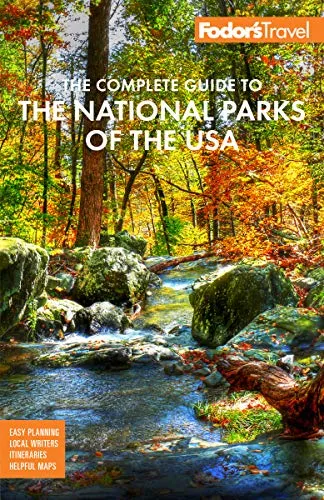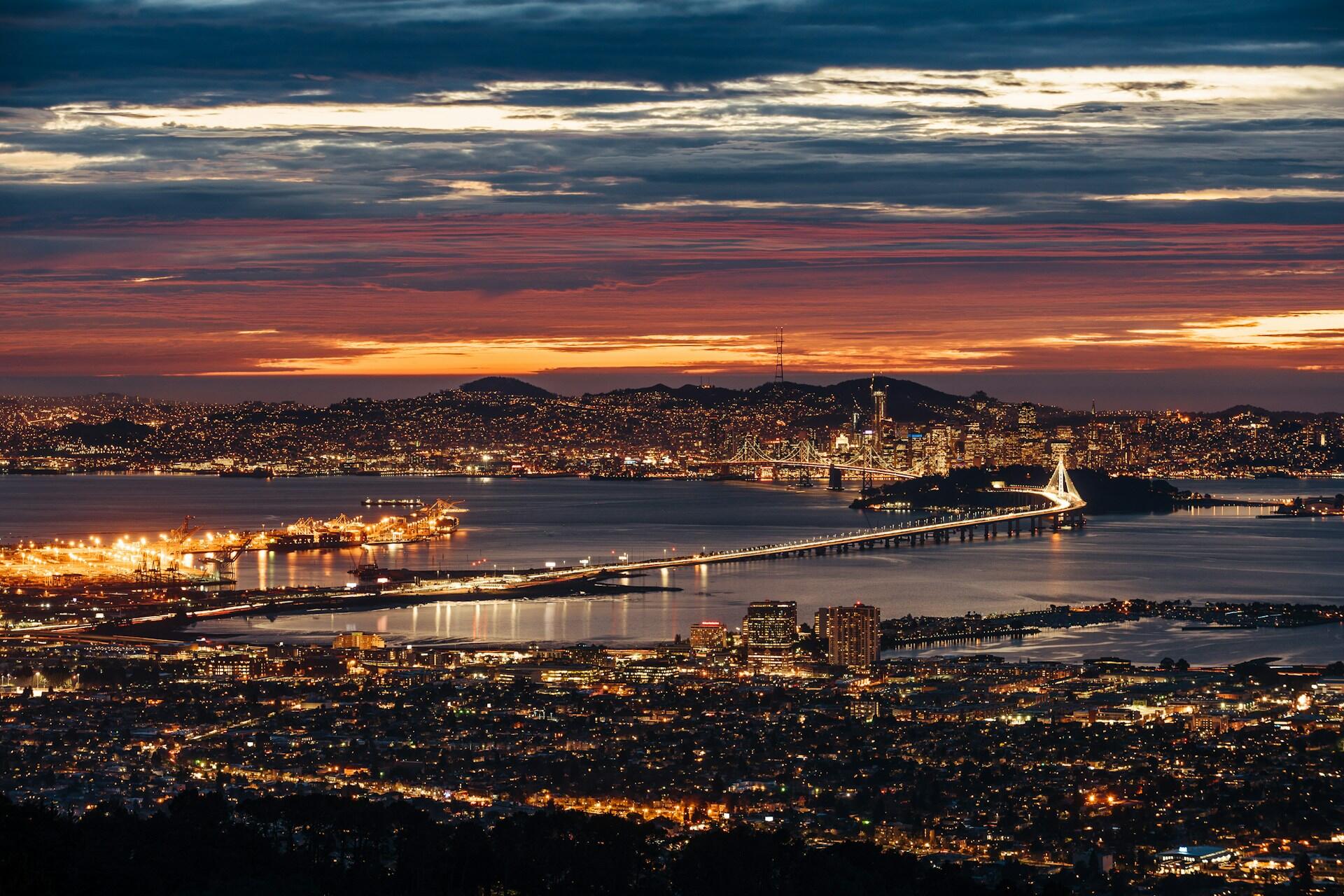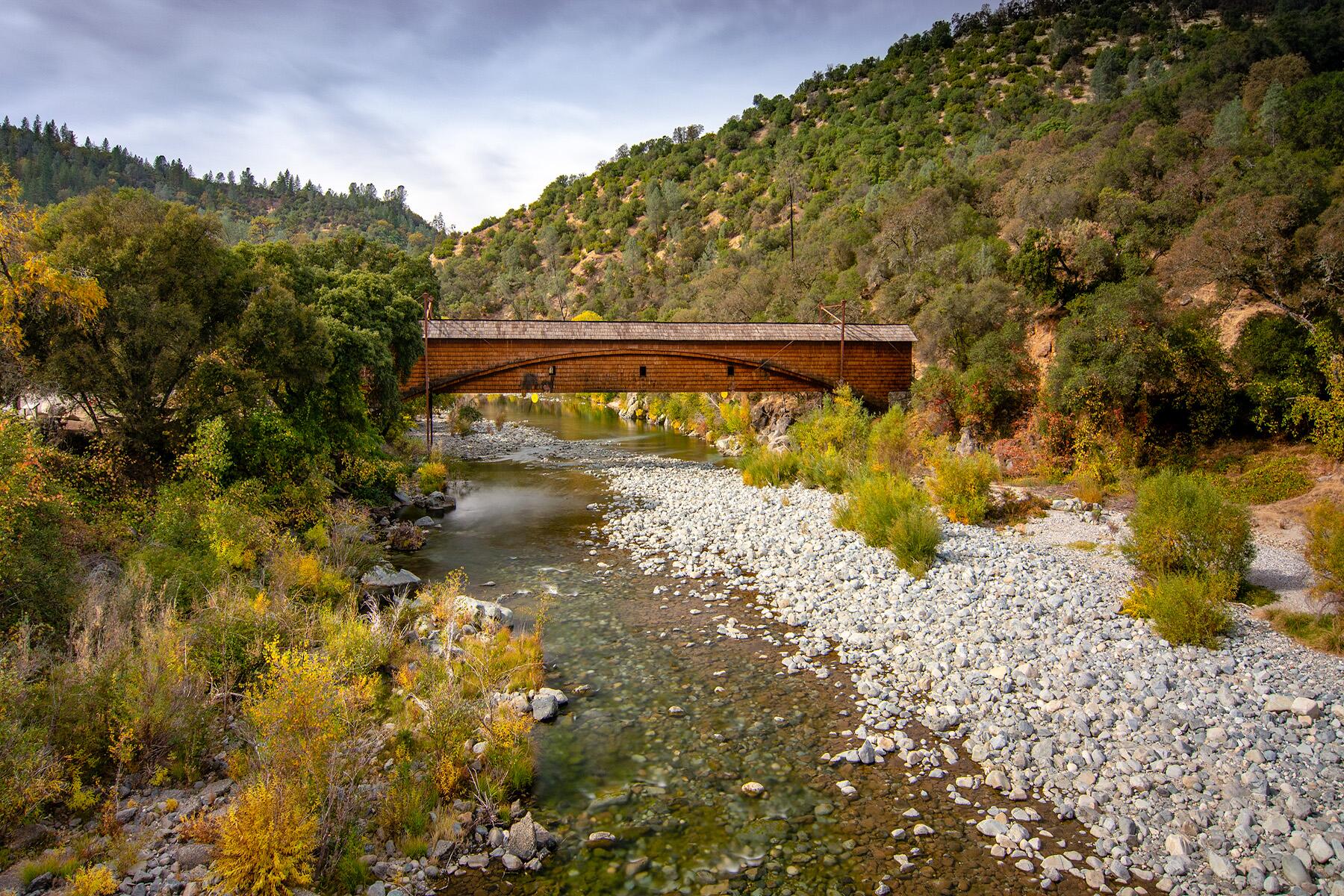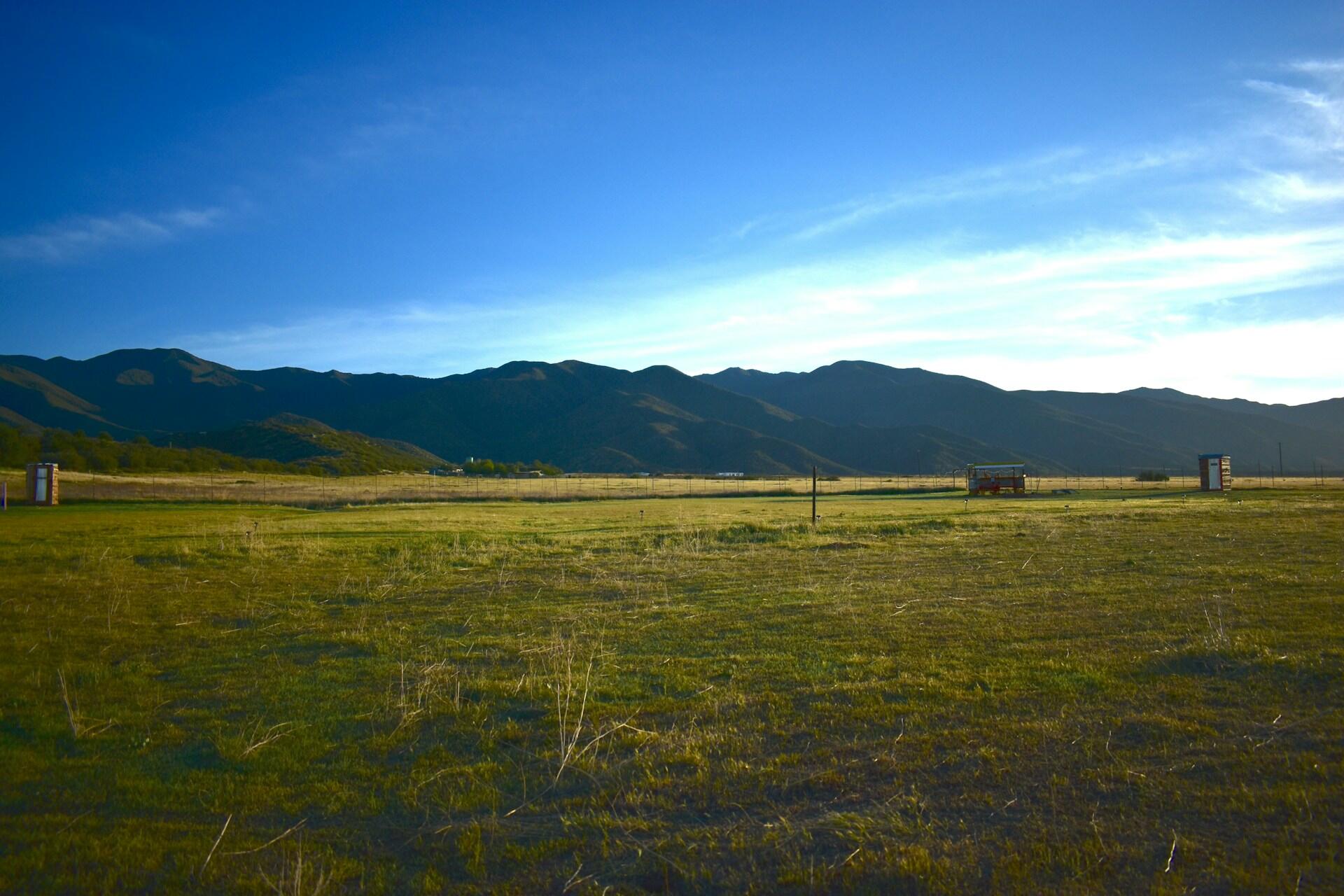Pinnacles National Park
Pinnacles National Park
President Theodore Roosevelt recognized the uniqueness of the Pinnacles Volcanic Formation—its jagged spires and monoliths thrusting upward from chaparral-covered mountains—when he made it a national monument in 1908. Legends abound of robbers and banditos who used talus caves as hideouts, though the most famous denizens of the park today are the California condors.
The Pinnacles volcanic field formed some 23 million years ago and has slowly shifted to the northwest nearly 200 miles as a result of tectonic shifting of the Pacific plate. The peaks rise beside the San Andreas Rift Zone, which slices through Bear Valley just east of the park boundary. Highway 25 roughly parallels the faultline. Indigenous people have lived in the valleys that bracket the park for centuries, and membe...
Read MorePresident Theodore Roosevelt recognized the uniqueness of the Pinnacles Volcanic Formation—its jagged spires and monoliths thrusting upward from chaparral-covered mountains—when he made it a national monument in 1908. Legends abound of robbers and banditos who used talus caves as hideouts, though the most famous denizens of the park today are the California condors.
The Pinnacles volcanic field formed some 23 million years ago and has slowly shifted to the northwest nearly 200 miles as a result of tectonic shifting of the Pacific plate. The peaks rise beside the San Andreas Rift Zone, which slices through Bear Valley just east of the park boundary. Highway 25 roughly parallels the faultline. Indigenous people have lived in the valleys that bracket the park for centuries, and members of the Chalon and Amah Matsun still work closely with park staff, volunteering their time and expertise on cultural and environmental projects at Pinnacles. Spanish settlers established the mission system through the region in 1769—settlements and churches from the period still stand just west of the park in Soledad as well as nearby in San Juan Bautista and out on the coast in Carmel and Santa Cruz.
Native peoples, Spaniards, and—following California statehood in 1850—white homesteaders farmed, worked, and occasionally battled over the land throughout the 19th century. A settler from Michigan, Schuyler Hain began promoting the beauty of Pinnacles around the turn of the 20th century, leading visitors on hikes up into talus caves in Bear Valley. Word spread, which led to the park's national monument designation. In the 1930s, the federal government hired hundreds of CCC (Civilian Conservation Corps) workers to further develop the monument—they carved out many miles of the trails that still extend through the park today, along with several buildings, including Bear Gulch Nature Center and the stone restroom at Scout Peak. In 2013, Pinnacles received a major status upgrade, becoming the country's 59th national park. Although it lacks the singular thrills and sheer immensity of many of California's other national parks, this 26,000-acre park (it's less than 1% the size of Death Valley) offers plenty of wonder and magnificent photo ops, all of them contained within a manageable package that's at once secluded yet relatively easy to get to.
The park encompasses a cluster of craggy volcanoes flanked by scenic, sparsely populated valleys and contains no park lodgings or restaurants, but it's also within day-tripping distance of Monterey Bay, San Francisco, and San Luis Obispo County. If it's your first time visiting the park, however, consider spending the night somewhere relatively near the park, such as King City, Salinas, or Hollister, or overnighting in the park's picturesque campground. Local options are neither fancy nor distinctive, but this strategy will allow you to explore each side of the park at a leisurely pace.
What's remarkable about visiting Pinnacles from anywhere on the coast is the chance to experience such a strikingly different landscape within about 35 miles of the ocean. The park's soaring golden peaks and rocky spires and comparatively arid, sunny climate look and feel a world away. The signature attractions are the high peaks and the intriguing caves, which are in the middle of the park and can be hiked to in a half-day from either side. However you approach Pinnacles, you'll find opportunities to spy rare California condors flying overhead and to soak up a breathtaking landscape.








